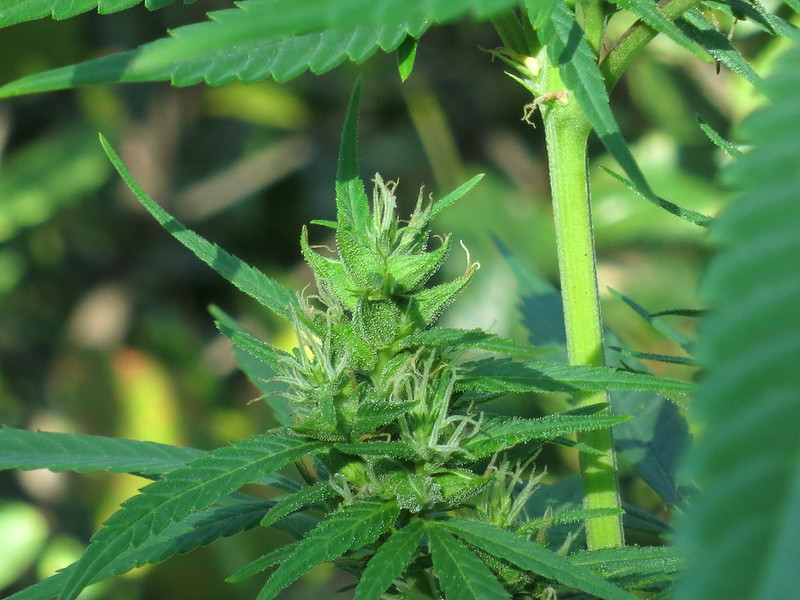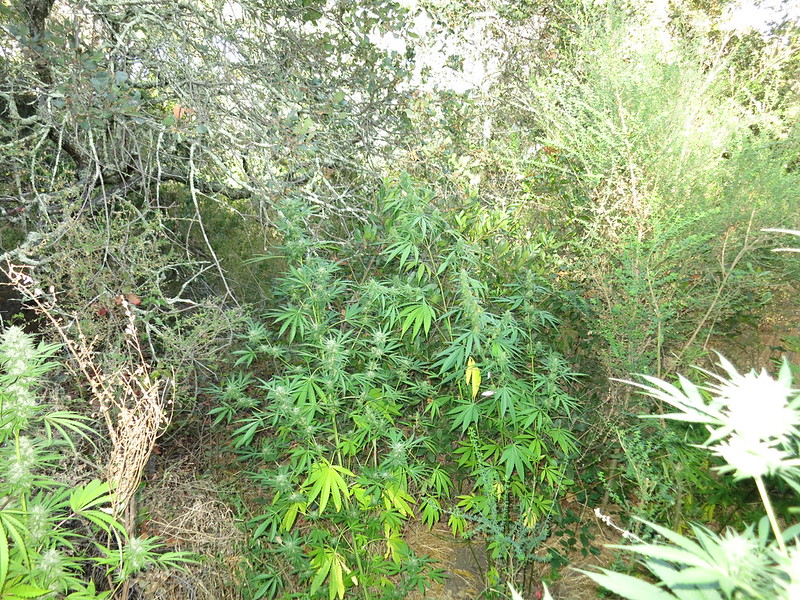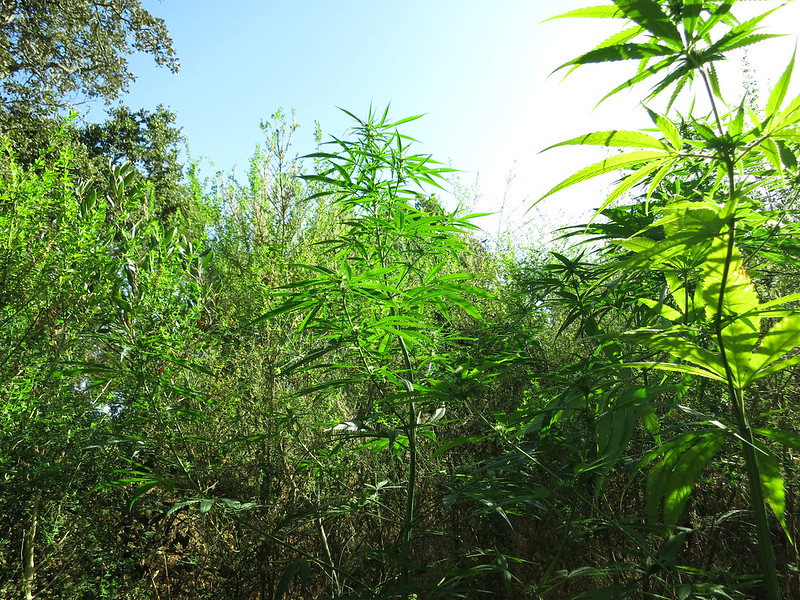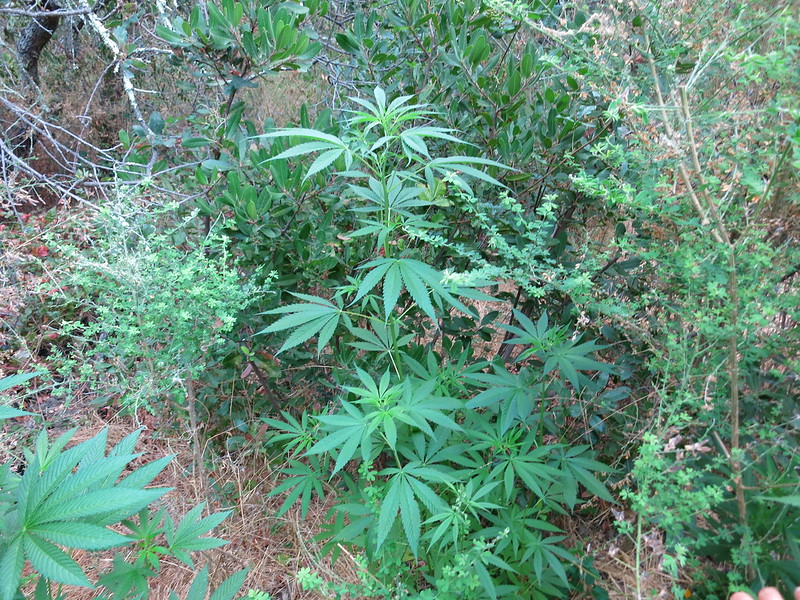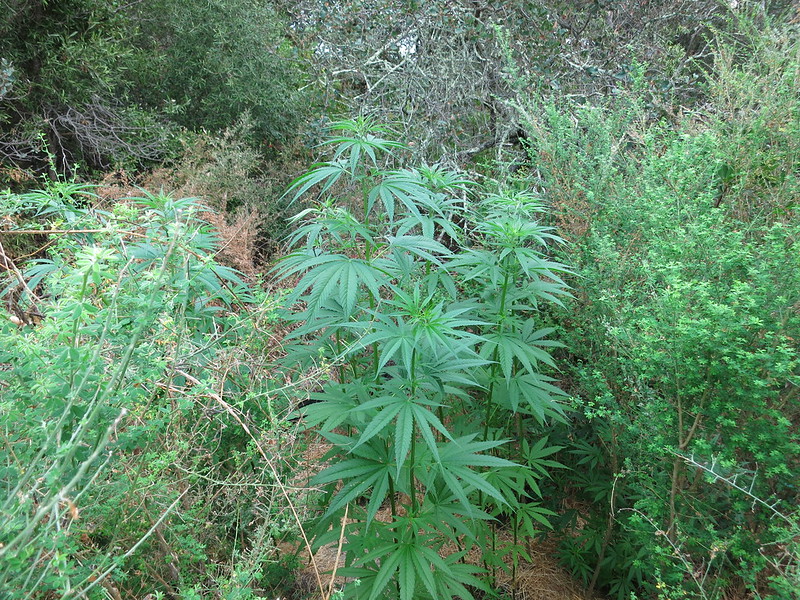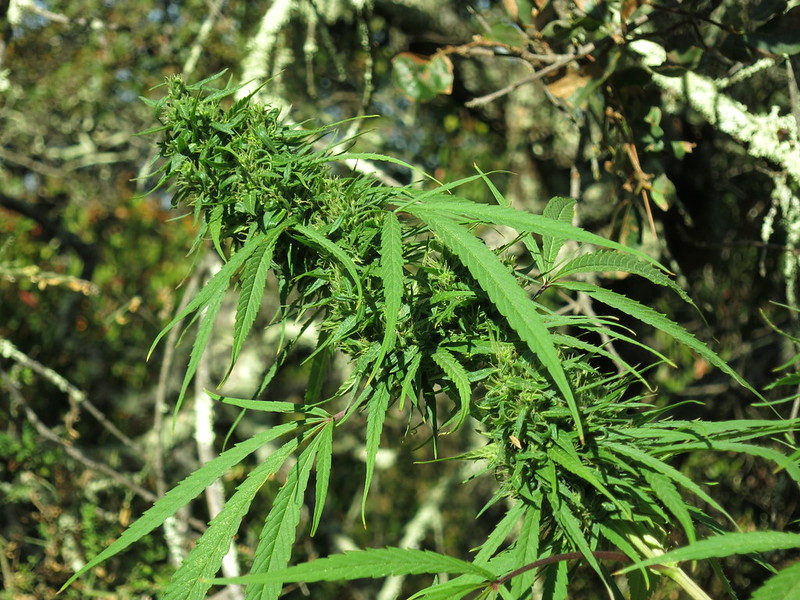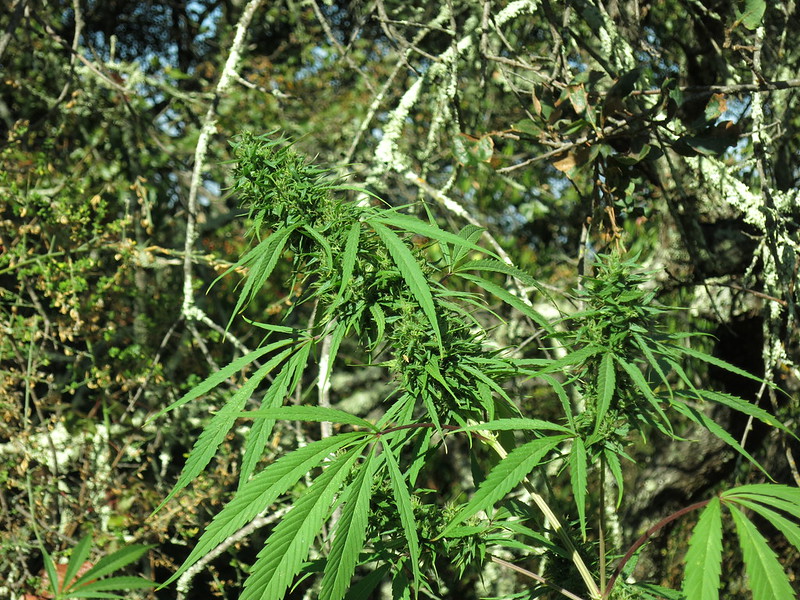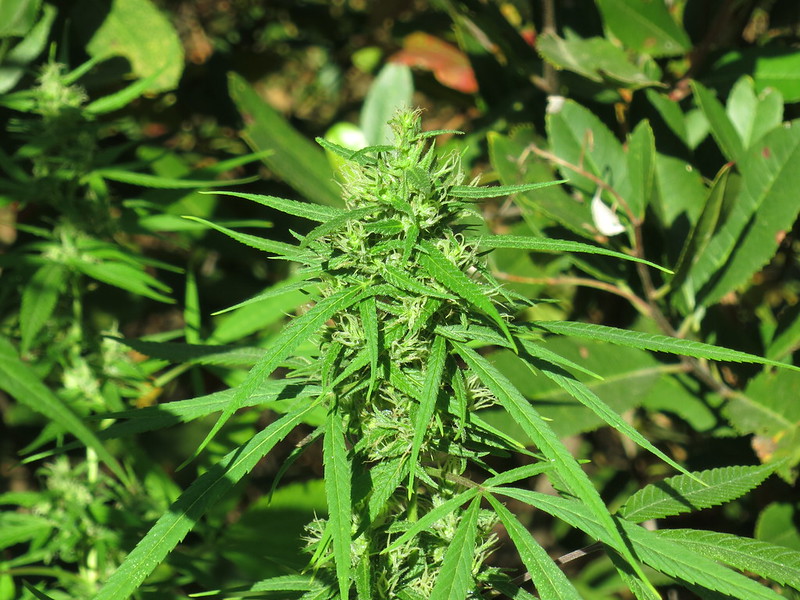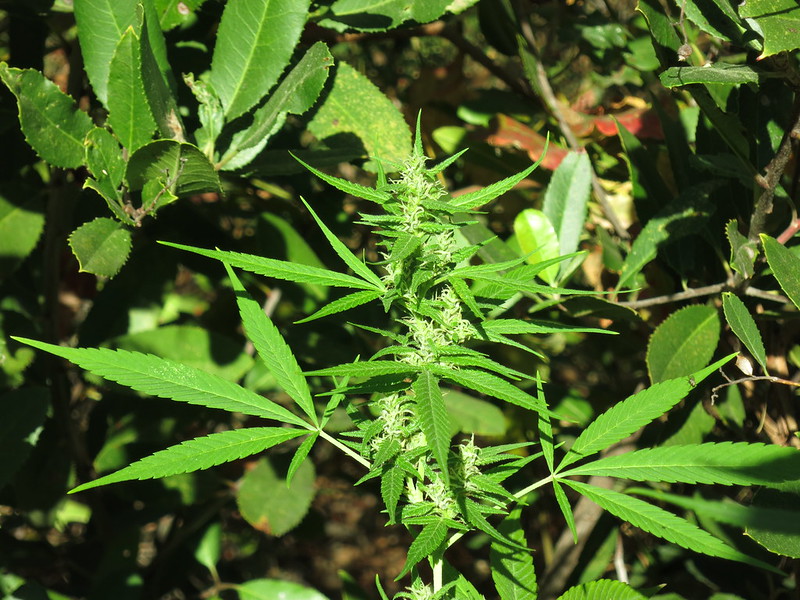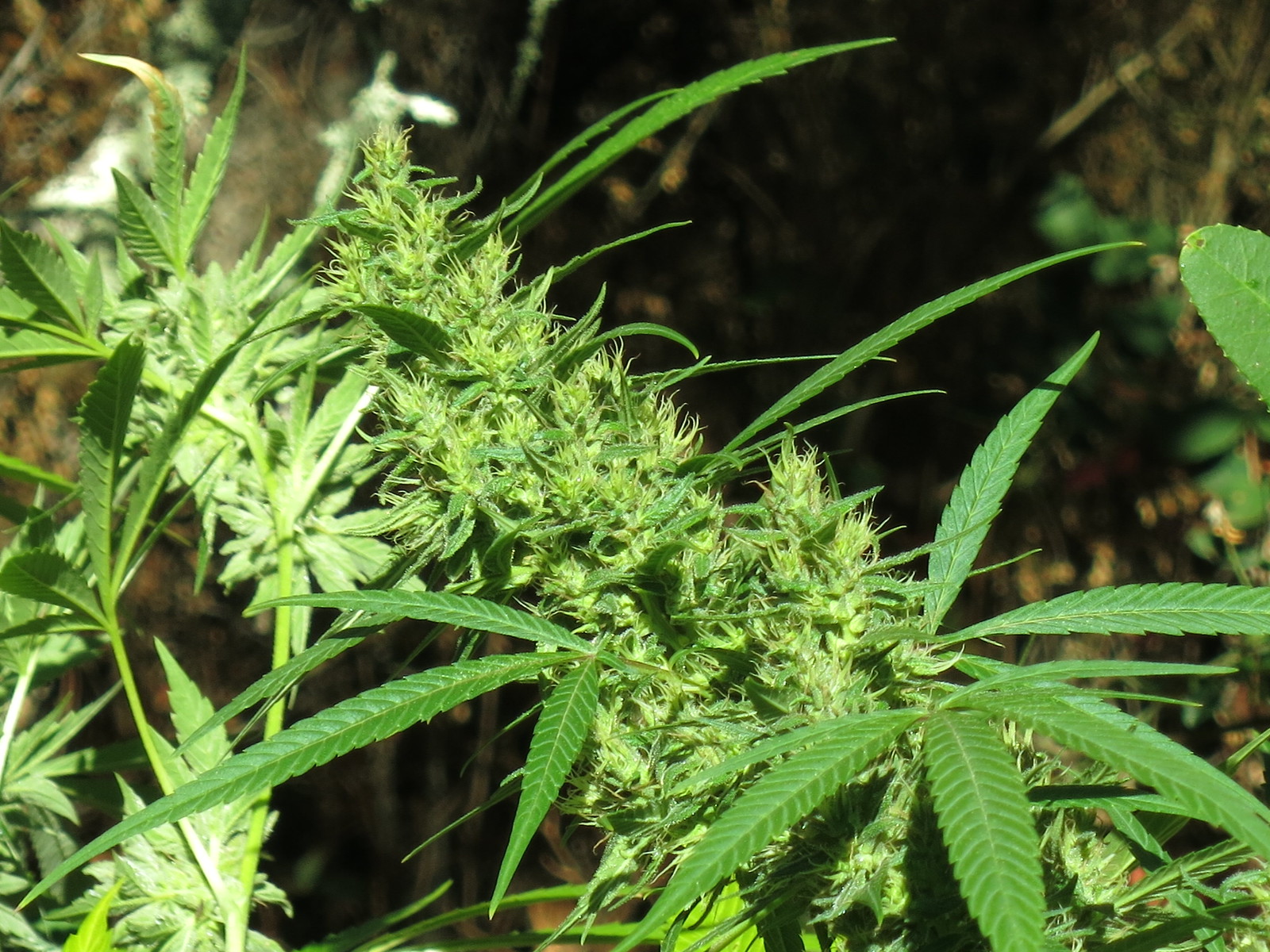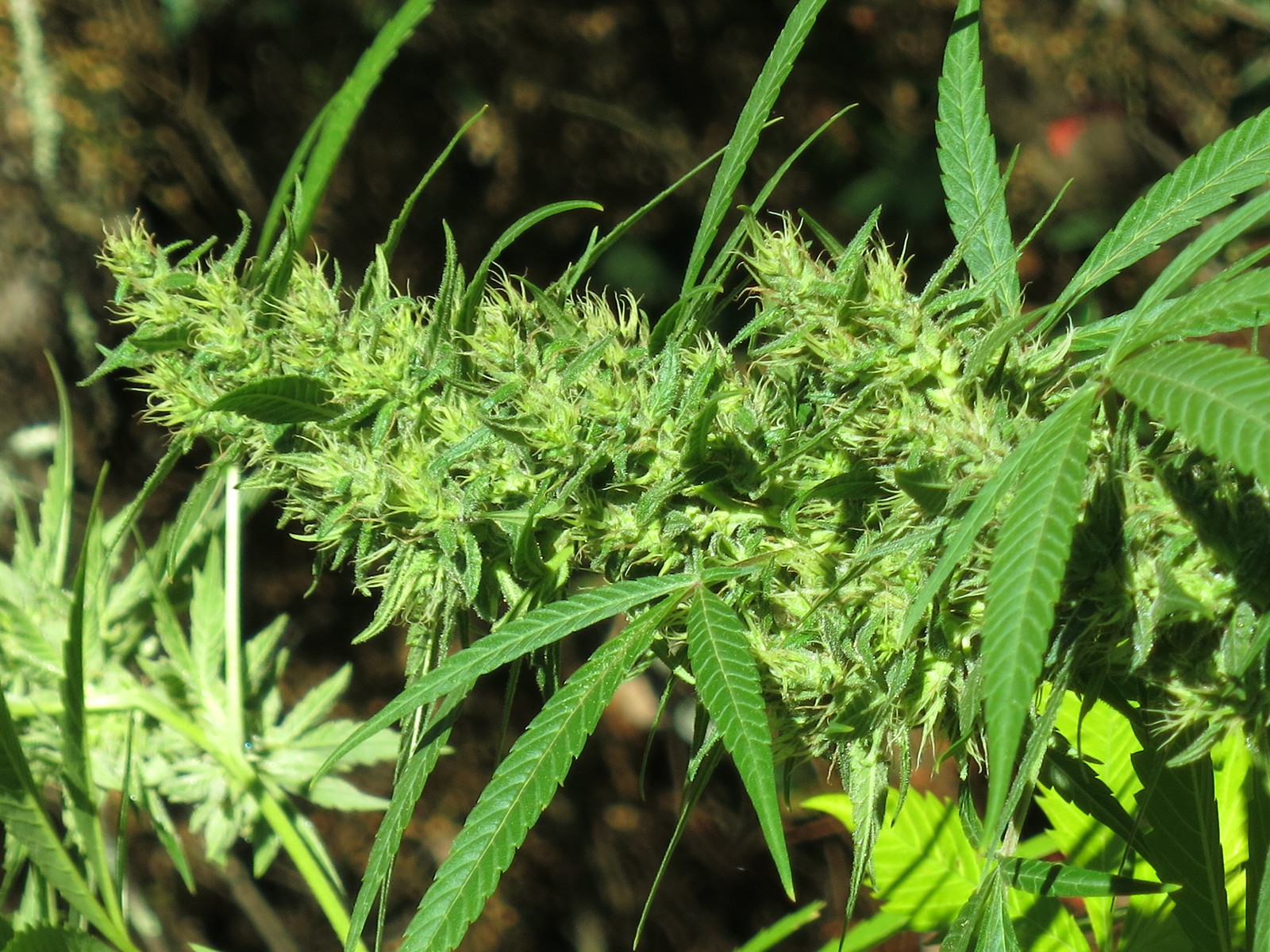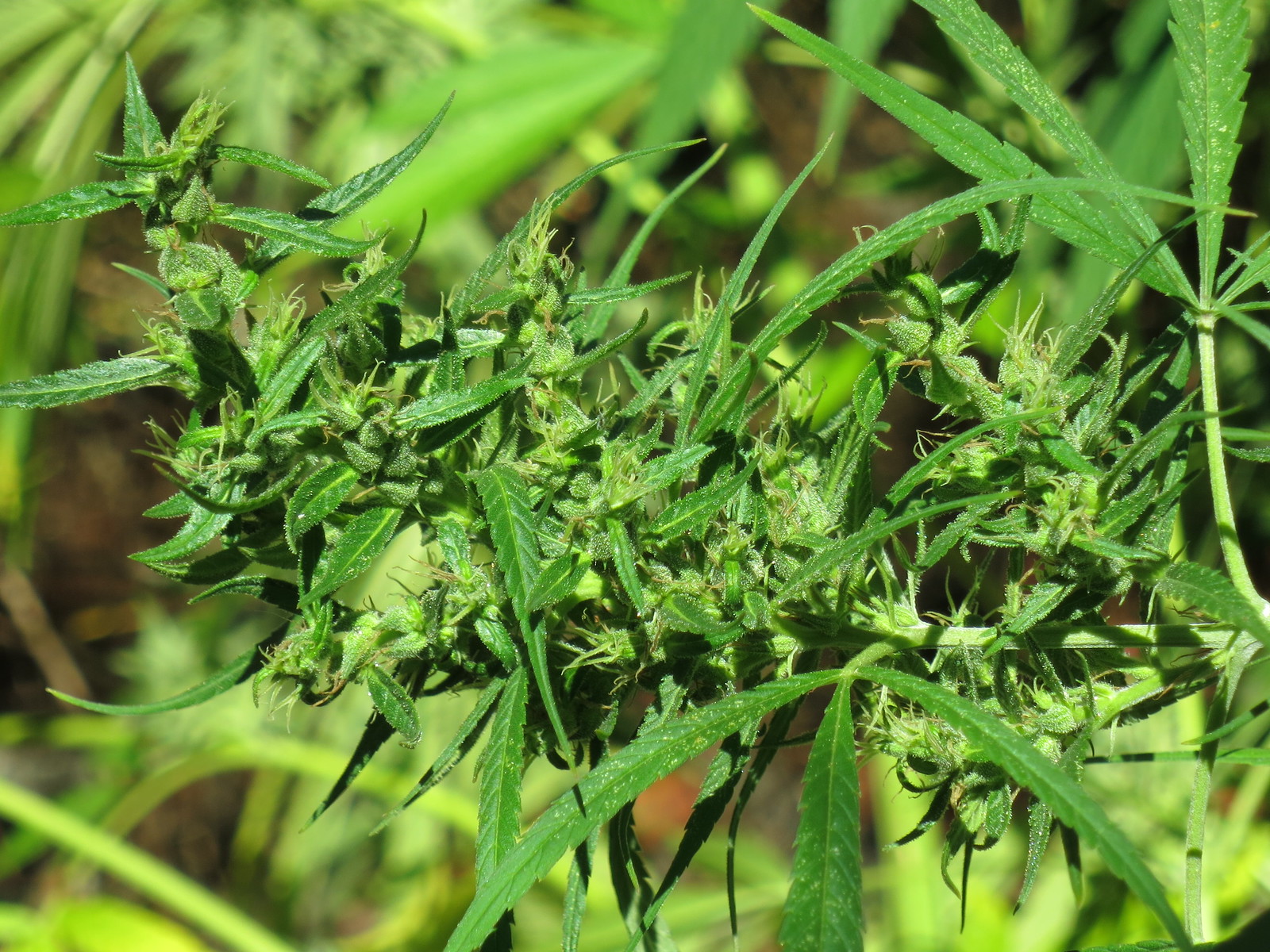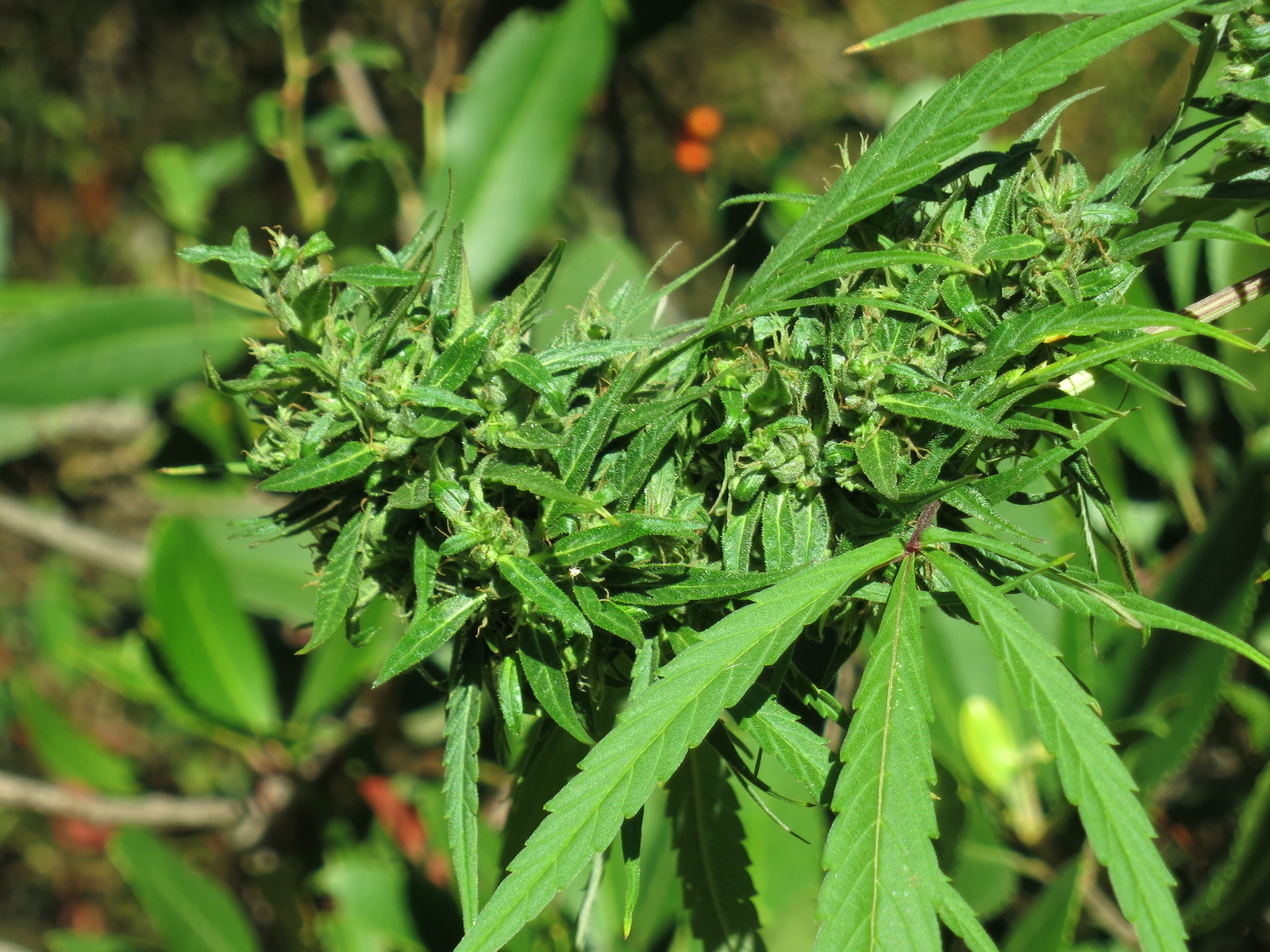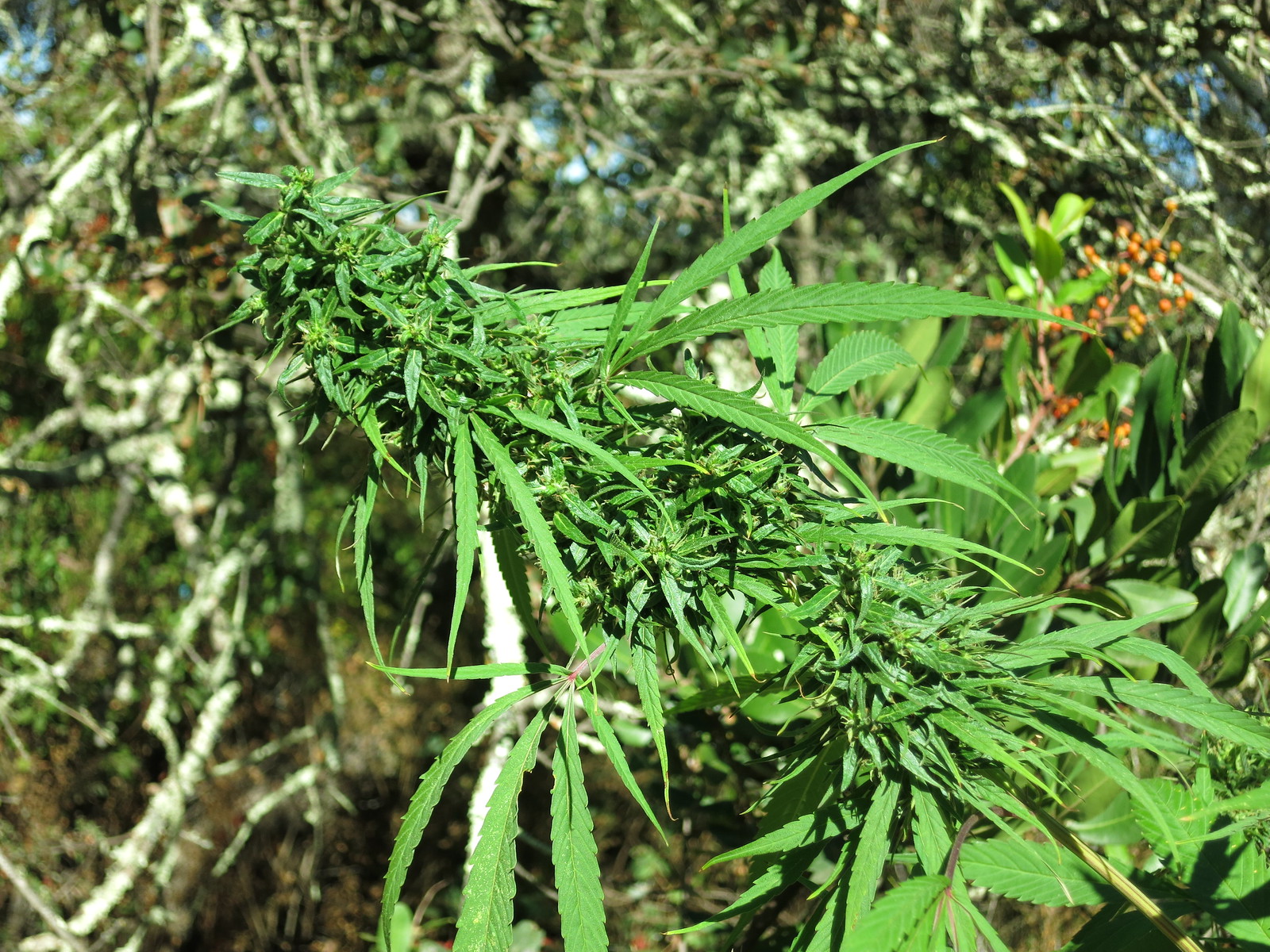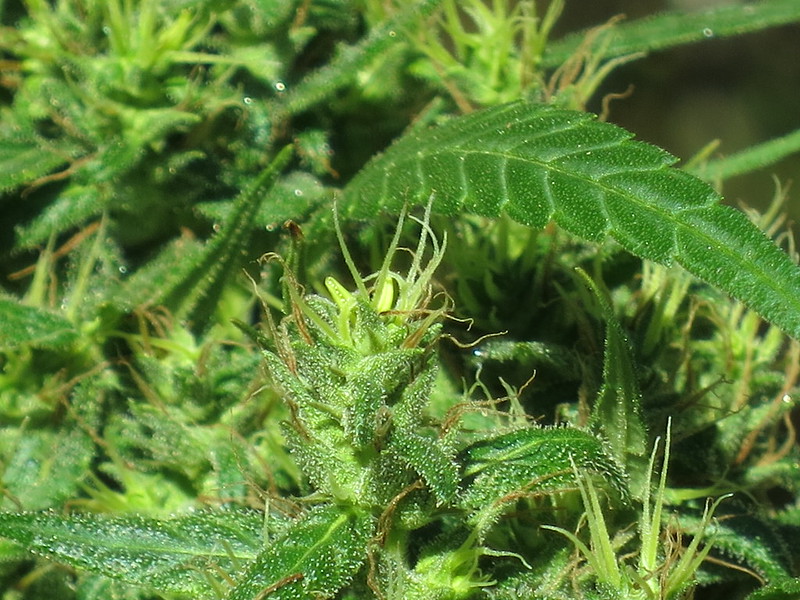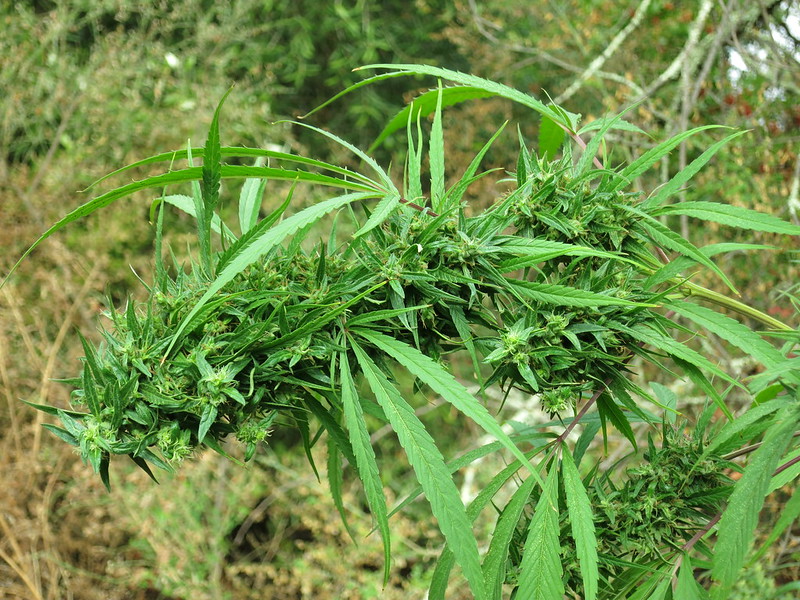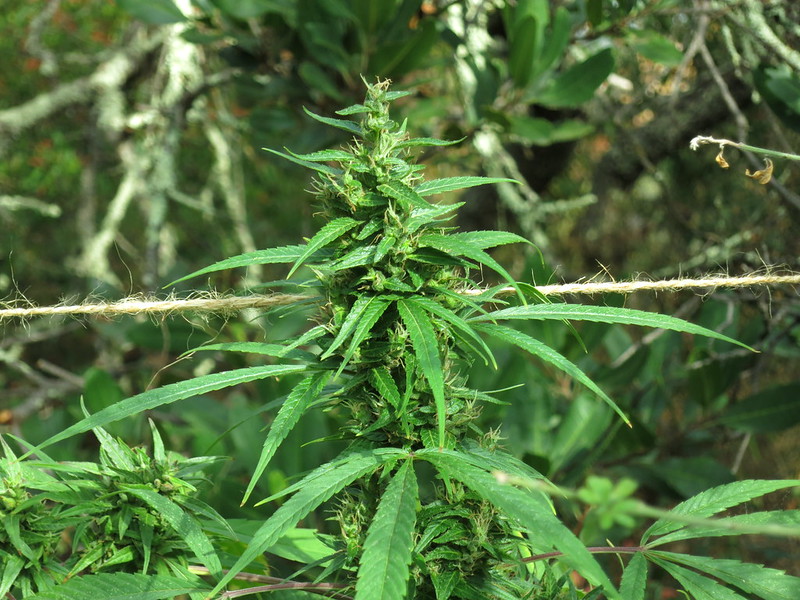There doesn't seem to be too many in depth grow reports on malana cream, especially outdoors, so here's a new thread! Feel free to post pics or share your experience with this heirloom strain! You can easily google search the absolutely intriguing history and fame behind this heirloom variety, so this thread will be mainly focused on cultivation and observations on the various phenotypes.
APPEARANCE: Like many of the Himalayan strains, malana cream has very wide leaf dominant fan leaves, but once you get into the flowering mode, the leaves become a little more narrow leaf dominant. A few individuals are more narrow leaf dominant than others. In their native region of origin, plants are often time grown very close to one another in dense fields, which results in extremely tall "sticks" with buds on top and nothing near the bottom.
Flower-structure-wise, some individuals have a very high calyx to leaf ratio, likely due to many generations of selective pressure. If given space and proper pinching, it can likely form a gigantic bush, but plants here were grown close to each other to emulate how they are produced in their native home. Arms have little popcorn buds at each node and end with a decent sized terminal inflorescence.
Some individuals appear more frosty than others, but this strain isn't exactly very greasy so far....however, they still have several weeks to go, so we'll see what happens.
YIELD: Yields appear to range from horrifying to okay. Since most were runts, the average yield overall from the sample grown is very poor, but with a large population, I suspect you can find a few individuals that will give decent yields. If you grown them spaced out, of course you can expect a larger yield, but compared to modern varieties, you should expect below average production.
VIGOR: the vast majority of these plants from this sample are runts or low vigor individuals. One individual grew much taller and had way more vigor than the rest! This was a bit disappointing but not unexpected with landraces.
FEEDING : These plants tolerate relatively little fertility in the soil. They were all grown organically and they sulked even with the addition of organic fertilizers, so they were rarely given any supplemental nutrients.
AROMA: When sniffing the buds overall, they have a really hazy, maybe minty-sweet scent- hard to pinpoint what that is. Right when the resin glands start producing some grease, they smell sweet and slightly minty, but as the resin glands mature, I have also detected a wonderful berry aroma on one individual. All individuals have a similar sweet smell to them, but every last plant smells slightly different in one way or another. The smell overall isn't very strong (relatively speaking) and it's not going to stink up the whole neighborhood.
TEMPERATURE: Even when using 19ppm clear water and no addition of fertilizers for several weeks, these plants seem to wilt when the temps go above 29C (approx. 85F). This might also have something to do with our low humidity during the day. No other variety in the same exact conditions wilted, so I think these plants might be specifically adapted to either cooler temperatures or higher humidity.
DAYS TO MATURITY:didn't grow these indoors, so I don't have the exact number of days. However, based on their level of maturity, it appears they won't be ready until the end of October at the earliest and mid November at the latest. They're very fast flowering for a pure sativa.
FIRST IMPRESSION: no idea how strong this strain will be, but just like RSC's Lebanese, I'm not counting on many of them having much potency. The high calyx to leaf ratio individuals, ability to tolerate cooler temperatures and higher humidity, along with being a very fast flowering strain for a sativa gives them good breeding potential. Disease tolerance has not been observed yet but I wouldn't be surprised if they can take the cold. High intensity light is a must for proper bud formation.
Some pictures of malana cream!
Here's a side branch:

Individual with relatively high calyx to leaf ratio. This is also one of the most "terpiest" aka stinkiest individuals:
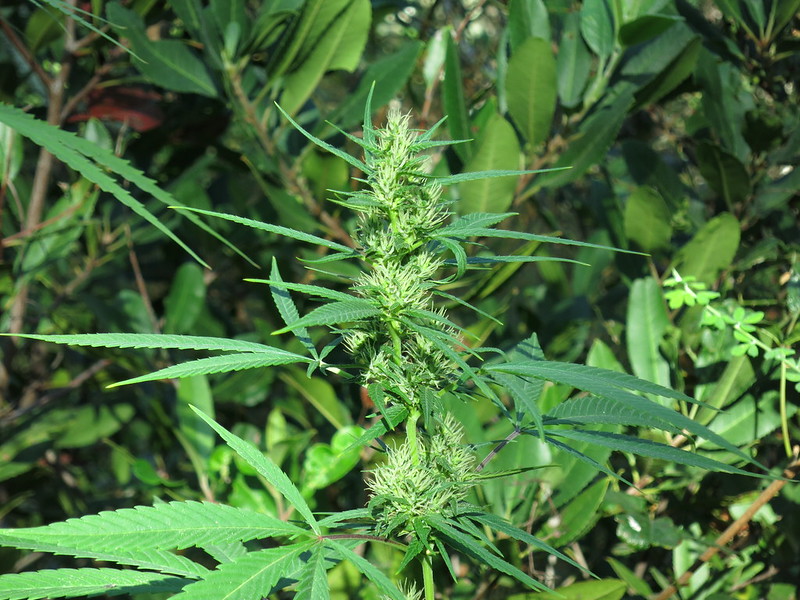
the biggest individual. more leafy, but higher yield and larger buds than the rest of the plants:

The terpiest plant, photo taken earlier in development:
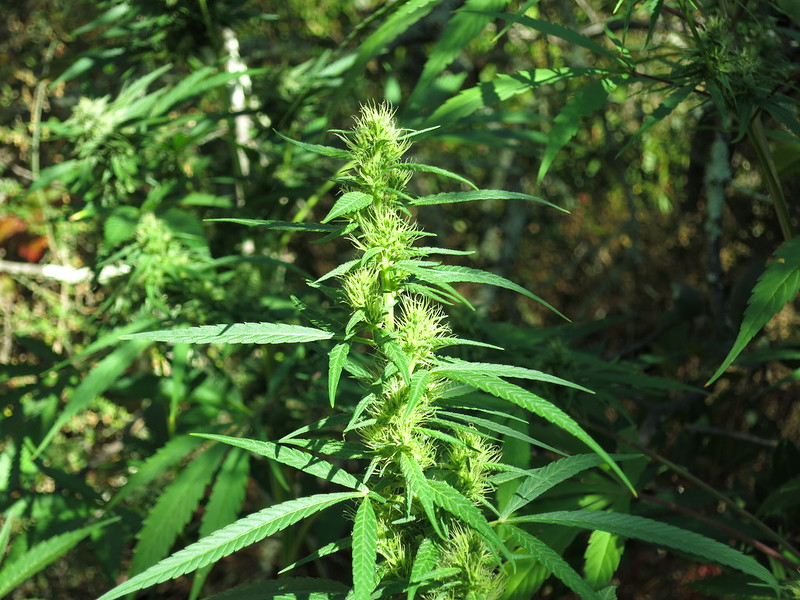
another shot:

APPEARANCE: Like many of the Himalayan strains, malana cream has very wide leaf dominant fan leaves, but once you get into the flowering mode, the leaves become a little more narrow leaf dominant. A few individuals are more narrow leaf dominant than others. In their native region of origin, plants are often time grown very close to one another in dense fields, which results in extremely tall "sticks" with buds on top and nothing near the bottom.
Flower-structure-wise, some individuals have a very high calyx to leaf ratio, likely due to many generations of selective pressure. If given space and proper pinching, it can likely form a gigantic bush, but plants here were grown close to each other to emulate how they are produced in their native home. Arms have little popcorn buds at each node and end with a decent sized terminal inflorescence.
Some individuals appear more frosty than others, but this strain isn't exactly very greasy so far....however, they still have several weeks to go, so we'll see what happens.
YIELD: Yields appear to range from horrifying to okay. Since most were runts, the average yield overall from the sample grown is very poor, but with a large population, I suspect you can find a few individuals that will give decent yields. If you grown them spaced out, of course you can expect a larger yield, but compared to modern varieties, you should expect below average production.
VIGOR: the vast majority of these plants from this sample are runts or low vigor individuals. One individual grew much taller and had way more vigor than the rest! This was a bit disappointing but not unexpected with landraces.
FEEDING : These plants tolerate relatively little fertility in the soil. They were all grown organically and they sulked even with the addition of organic fertilizers, so they were rarely given any supplemental nutrients.
AROMA: When sniffing the buds overall, they have a really hazy, maybe minty-sweet scent- hard to pinpoint what that is. Right when the resin glands start producing some grease, they smell sweet and slightly minty, but as the resin glands mature, I have also detected a wonderful berry aroma on one individual. All individuals have a similar sweet smell to them, but every last plant smells slightly different in one way or another. The smell overall isn't very strong (relatively speaking) and it's not going to stink up the whole neighborhood.
TEMPERATURE: Even when using 19ppm clear water and no addition of fertilizers for several weeks, these plants seem to wilt when the temps go above 29C (approx. 85F). This might also have something to do with our low humidity during the day. No other variety in the same exact conditions wilted, so I think these plants might be specifically adapted to either cooler temperatures or higher humidity.
DAYS TO MATURITY:didn't grow these indoors, so I don't have the exact number of days. However, based on their level of maturity, it appears they won't be ready until the end of October at the earliest and mid November at the latest. They're very fast flowering for a pure sativa.
FIRST IMPRESSION: no idea how strong this strain will be, but just like RSC's Lebanese, I'm not counting on many of them having much potency. The high calyx to leaf ratio individuals, ability to tolerate cooler temperatures and higher humidity, along with being a very fast flowering strain for a sativa gives them good breeding potential. Disease tolerance has not been observed yet but I wouldn't be surprised if they can take the cold. High intensity light is a must for proper bud formation.
Some pictures of malana cream!
Here's a side branch:

Individual with relatively high calyx to leaf ratio. This is also one of the most "terpiest" aka stinkiest individuals:

the biggest individual. more leafy, but higher yield and larger buds than the rest of the plants:

The terpiest plant, photo taken earlier in development:

another shot:



